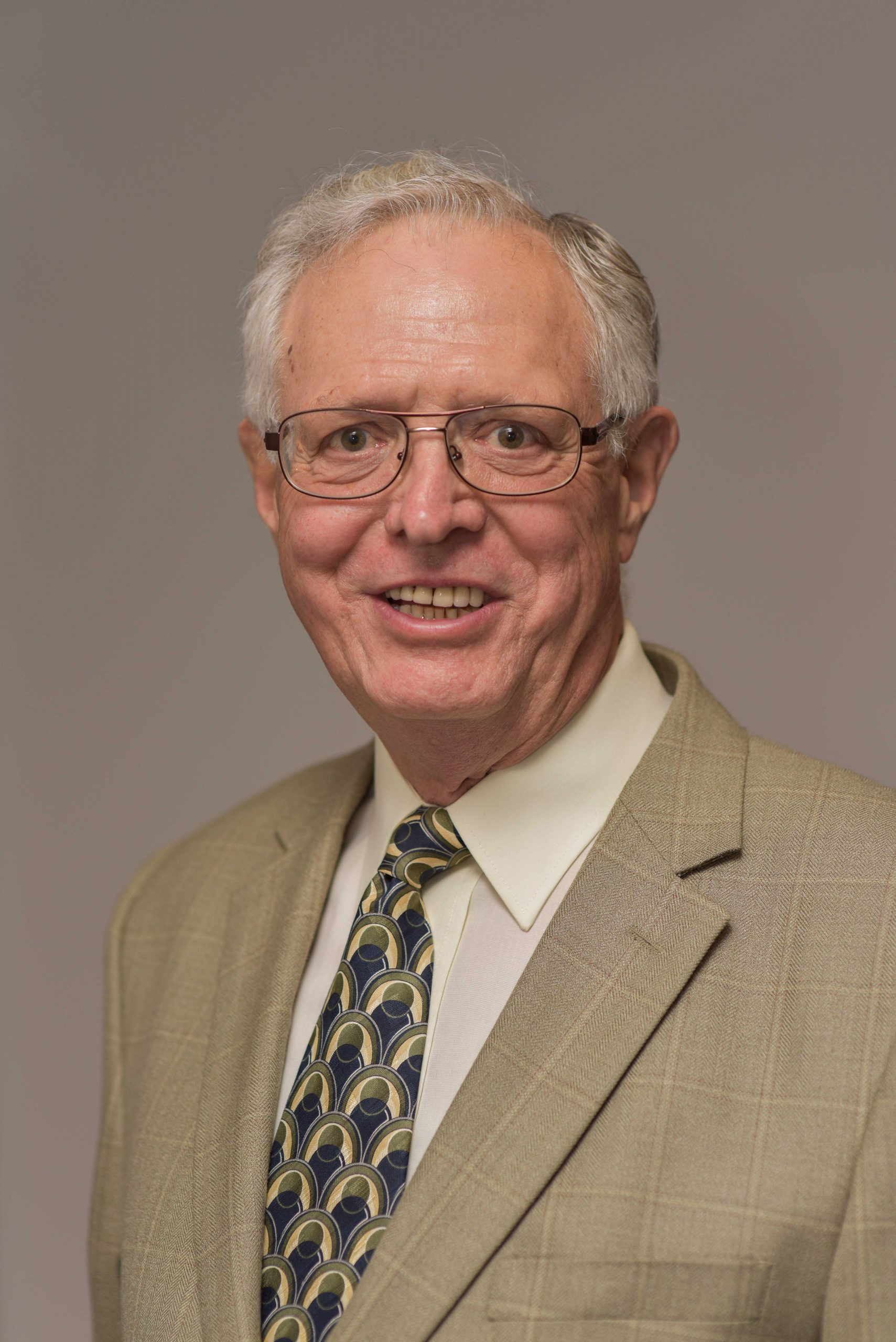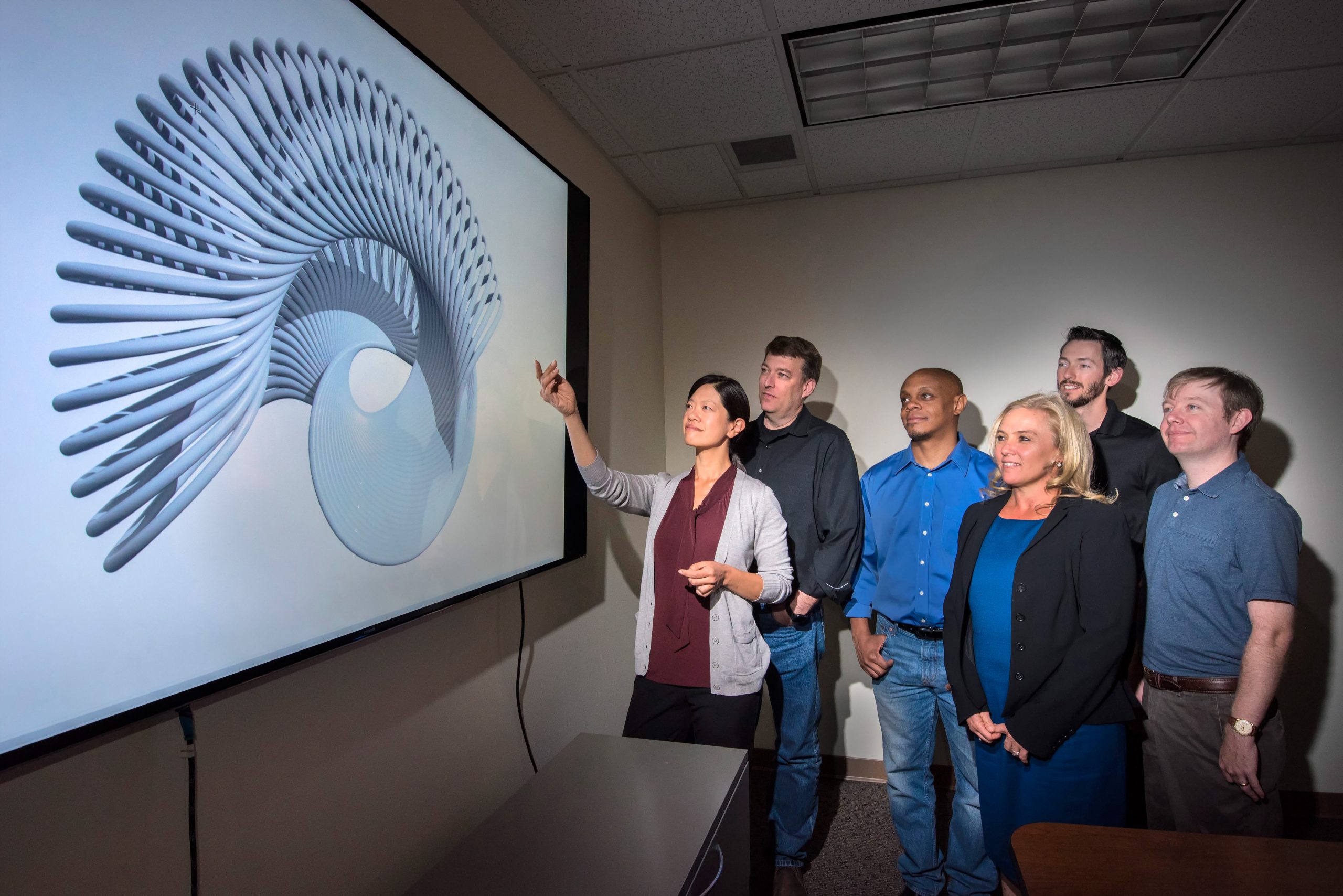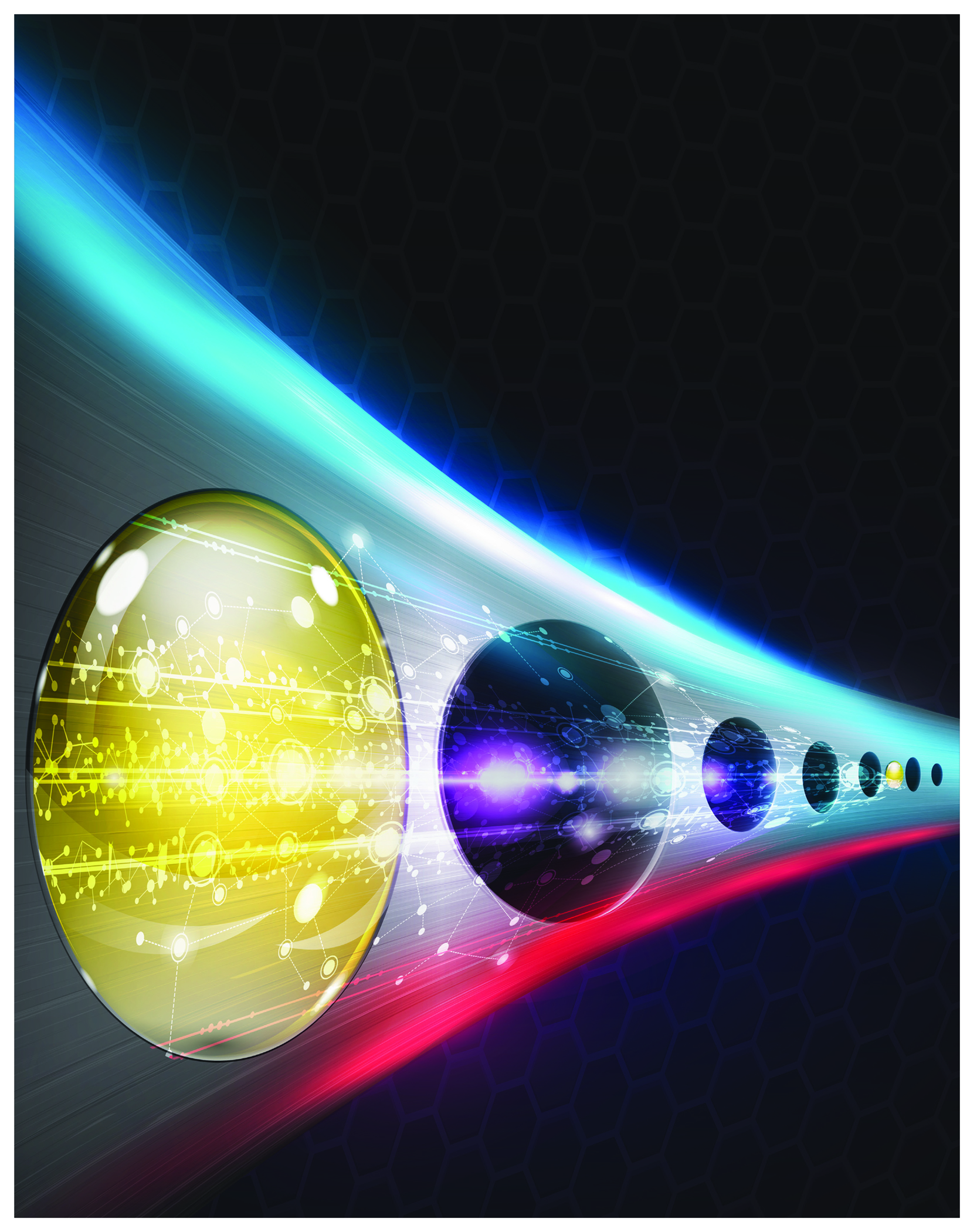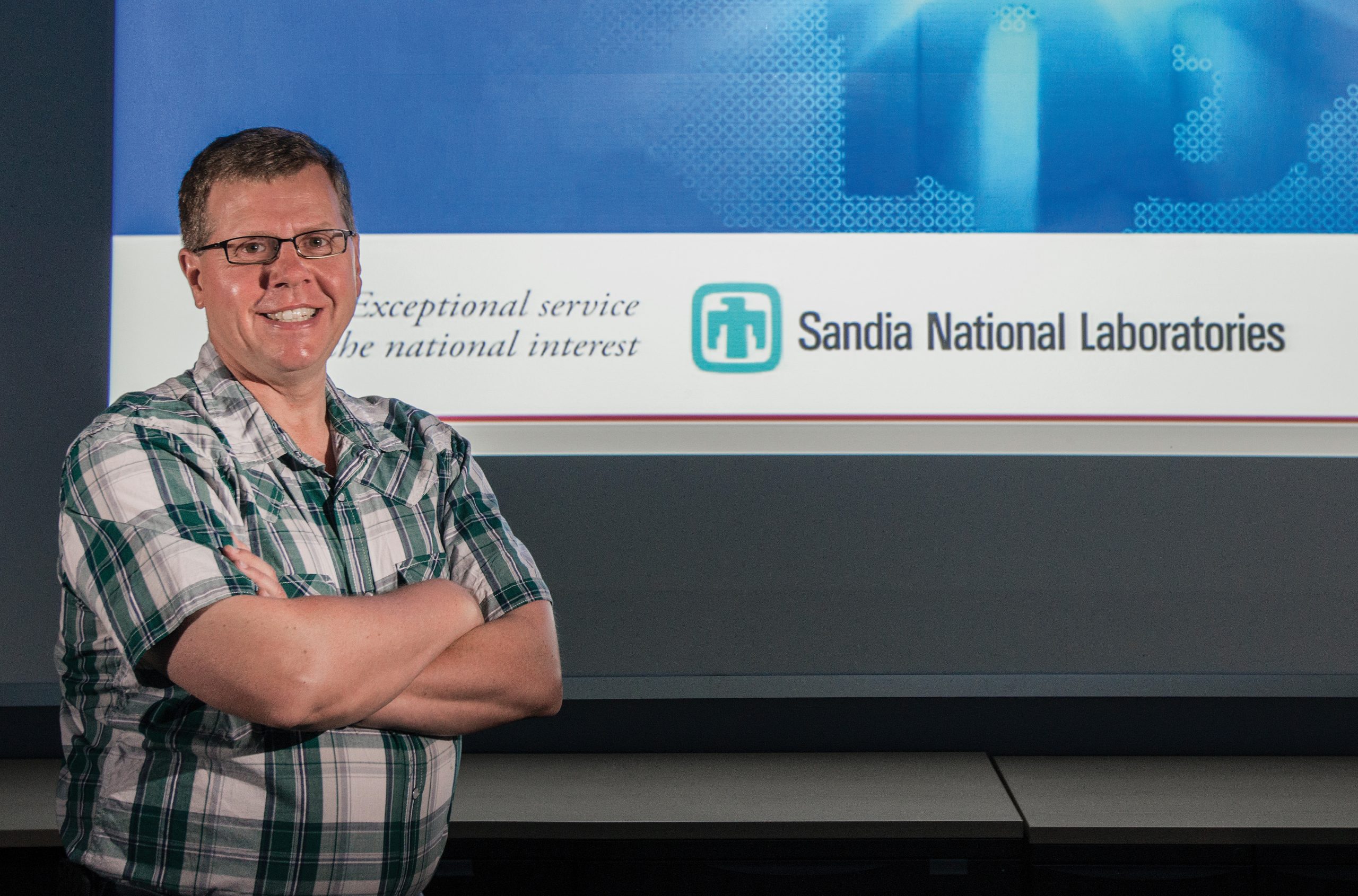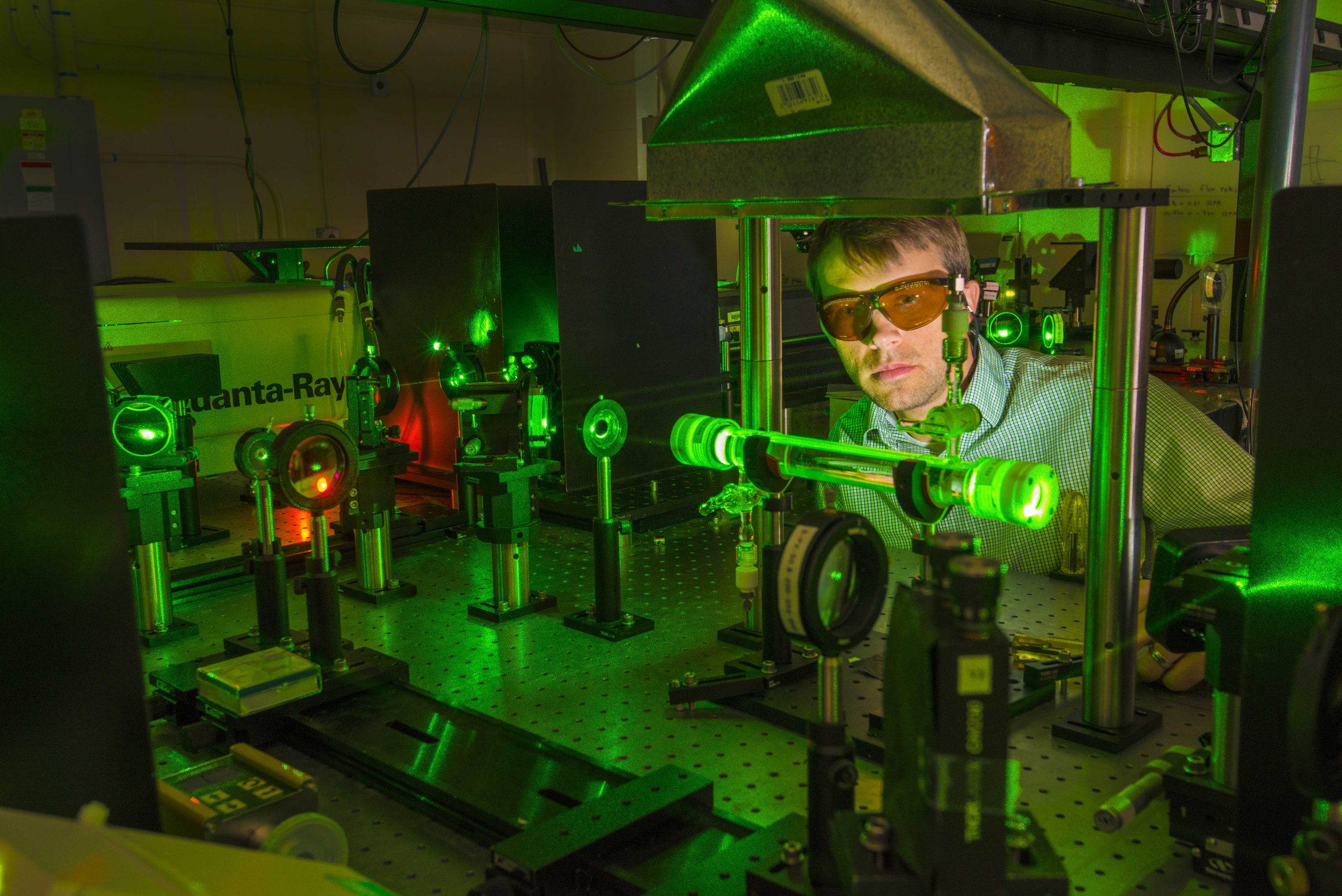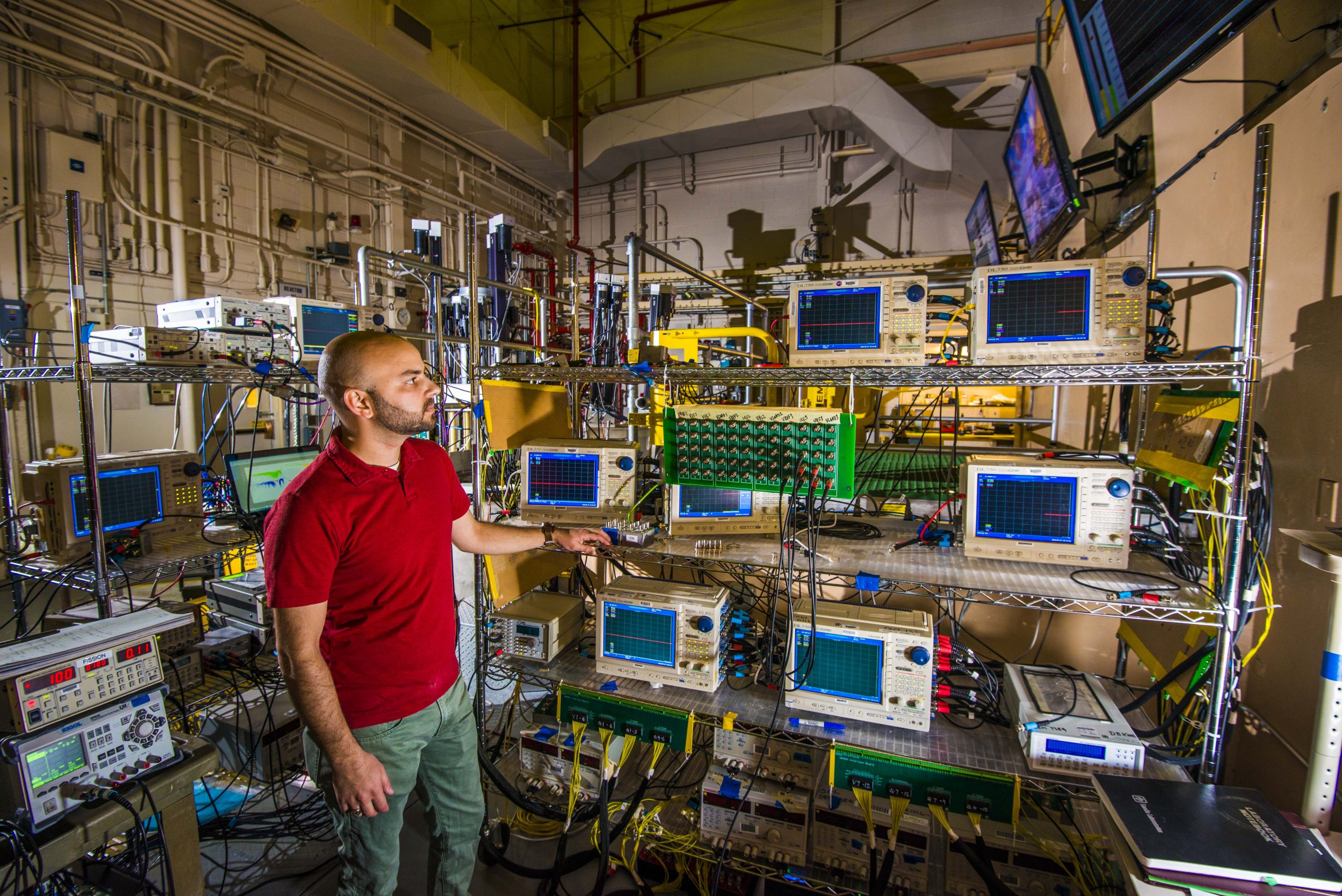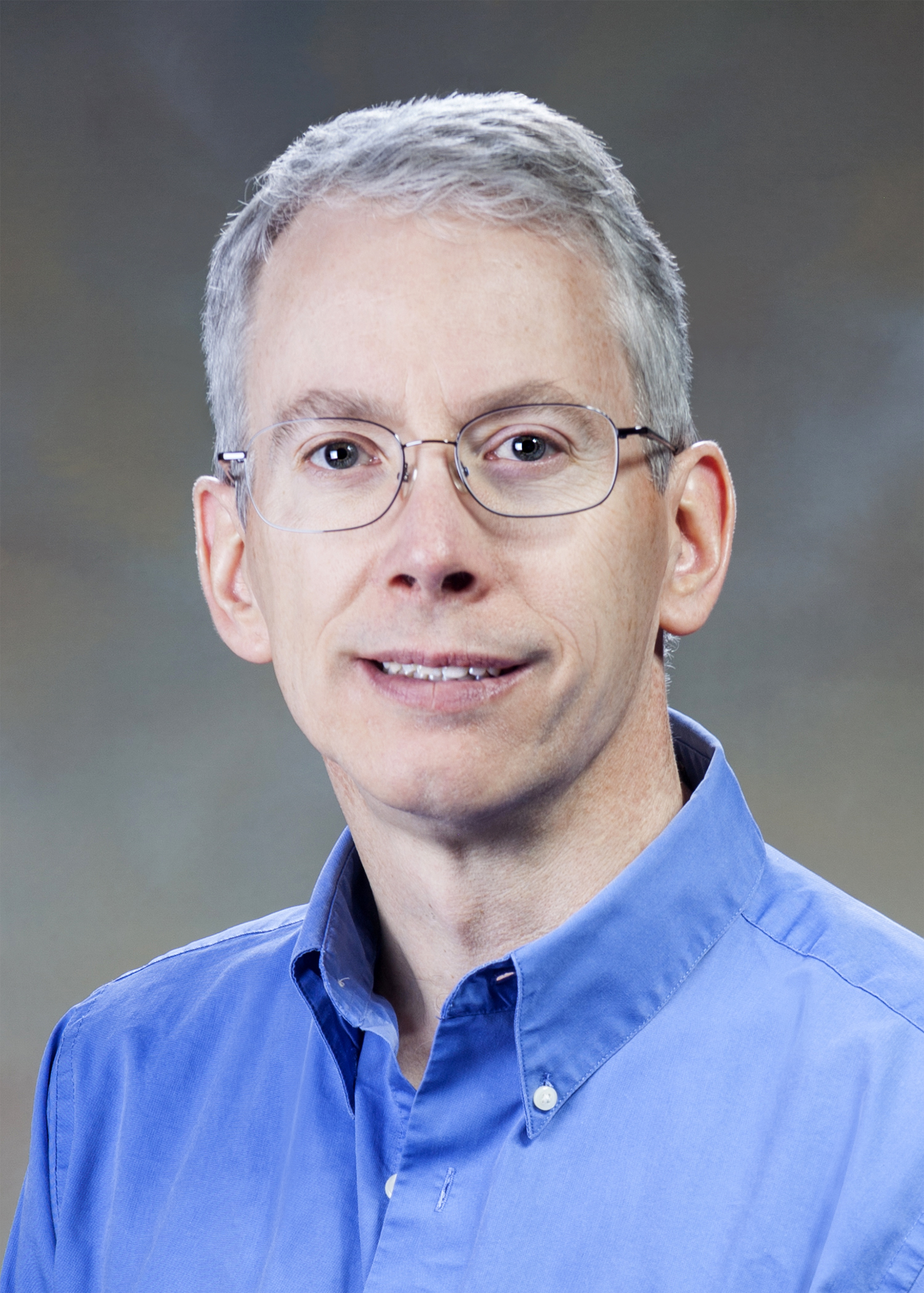May 3, 2017 • Sandia develops math techniques to improve computational efficiency in quantum chemistry[caption id="" align="alignright" width="250"] Sandia National Laboratories researchers Prashant Rai, left, Habib Najm, center, and Khachik Sargsyan discuss mathematical techniques used t…

